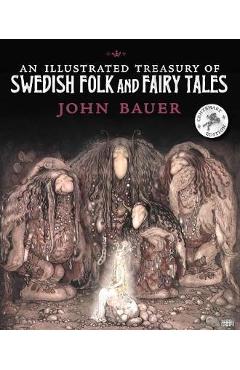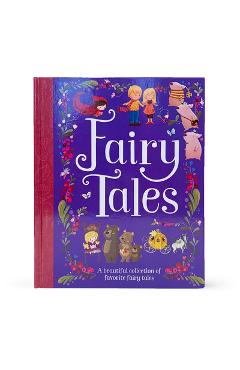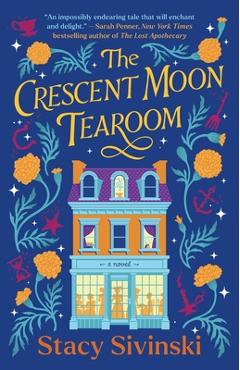Fairy Tales of Appalachia - Stacy Sivinski

Detalii Fairy Tales of Appalachia -
libris.ro
167.12 Lei
185.69 Lei
Performing Arts
Stacy Sivinski
Fairy Tales of Appalachia - - Disponibil la libris.ro
Pe YEO găsești Fairy Tales of Appalachia - de la Stacy Sivinski, în categoria Performing Arts.
Indiferent de nevoile tale, Fairy Tales of Appalachia - Stacy Sivinski din categoria Performing Arts îți poate aduce un echilibru perfect între calitate și preț, cu avantaje practice și moderne.
Preț: 167.12 Lei
Caracteristicile produsului Fairy Tales of Appalachia -
- Brand: Stacy Sivinski
- Categoria: Performing Arts
- Magazin: libris.ro
- Ultima actualizare: 28-10-2025 01:22:05
Comandă Fairy Tales of Appalachia - Online, Simplu și Rapid
Prin intermediul platformei YEO, poți comanda Fairy Tales of Appalachia - de la libris.ro rapid și în siguranță. Bucură-te de o experiență de cumpărături online optimizată și descoperă cele mai bune oferte actualizate constant.
Descriere magazin:
While taking a graduate course in Appalachian literature at the University of Tennessee, Stacy Sivinski was surprised to discover that much of the folklore she had heard while growing up in Schuyler, Virginia, was rarely represented in popular published collections. In particular, they lacked the strong female heroines she had come to know, and most anthologies were full of Jack Tales--stories that focus on the adventures of the character from Jack and the Beanstalk. Feminist critics have long discussed the gender inequalities and stereotypes that fairy tales often promote. With Fairy Tales of Appalachia , Sivinski asks whether such conclusions are inevitable and invites a fresh analysis of these regional tales with a contemporary sense of wonder. These tales, carefully and thoughtfully transcribed by Sivinski, have been passed down through Appalachia\'s oral histories over decades and even centuries. This wonderful selection was mainly drawn from the Archives of Appalachia at East Tennessee State University and special collections at Berea College. Drawing on the work of other regional archivists and folklorists, Sivinski grapples with issues of gender balance in Appalachian storytelling. The problem, Sivinski posits, does not rest with the fairy tale genre itself but in the canonization process, in which women\'s contributions have been diminished as oral traditions become transcribed. Appalachian women have historically demonstrated resilience, wit, and adaptability, and it is time that more collections of regional folklore reorient themselves to make this fact more apparent. Stories are living, breathing narratives, meant not just to be read but to be read aloud. This timely selection of unique stories, along with beautiful, evocative illustrations, makes Fairy Tales of Appalachia an intriguing addition to the much-contested fairy tale canon.

Produse asemănătoare

The Land of Stories: A Treasury of Classic Fairy Tales - Chris Colfer
![]() libris.ro
libris.ro
Actualizat in 28/10/2025
156.19 Lei

Illustrated Treasury of Swedish Folk and Fairy Tales -
![]() libris.ro
libris.ro
Actualizat in 28/10/2025
139.22 Lei

Fairy Tales: A Beautiful Collection of Favorite Fairy Tales - Parragon Books
![]() libris.ro
libris.ro
Actualizat in 28/10/2025
83.65 Lei



